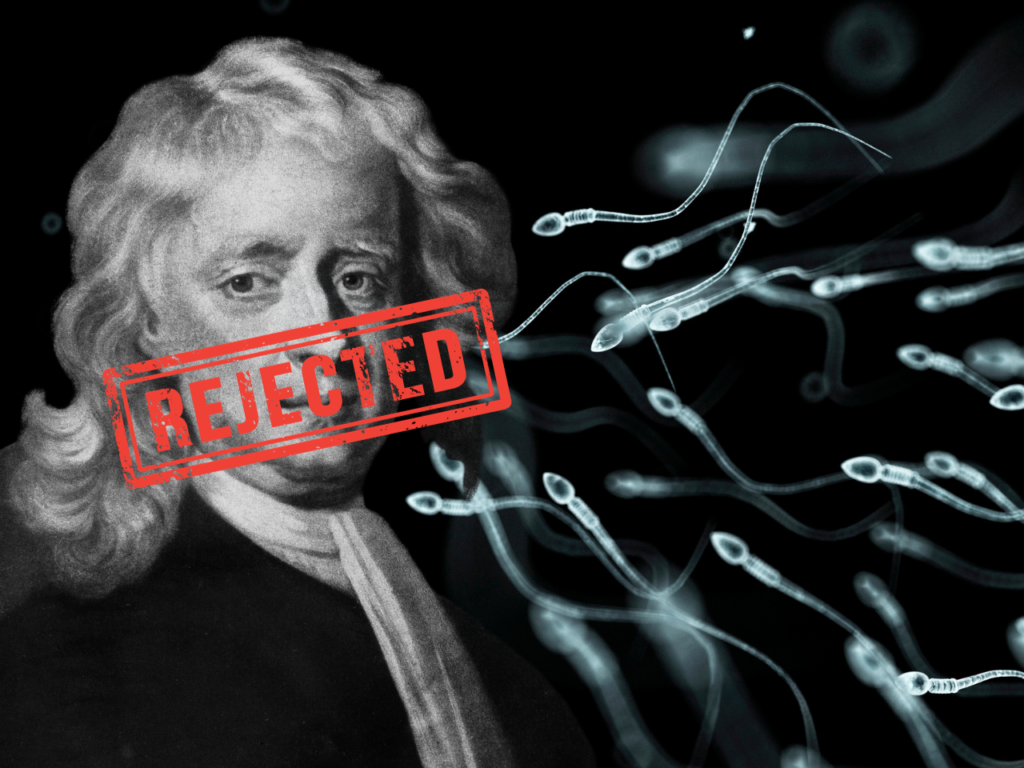A Foundational Challenge
Newton’s third law of motion, a principle we’ve relied upon for centuries, asserts that for every action there is an equal and opposite reaction. This law has served as the bedrock of classical physics, explaining myriad phenomena in our universe. Yet, a study from Kyoto University offers evidence that challenges this foundational principle, especially when observing sperm cells, and concludes that sperm violate Newton’s third law.
The Flagellum’s Role
The driving force behind a sperm cell’s movement is its tail, or the flagellum. This structure propels the cell by adjusting its shape based on the surrounding fluid. Interestingly, this action doesn’t induce the surrounding fluid to react in the expected equal and opposite manner, seeming to starkly defy Newton’s third law.
The Enigma of ‘Odd Elasticity’
Given the flagellum’s inherent flexibility, it might seem that sperm wouldn’t move much. However, sperm cells actively wag their tails, releasing only minimal energy. The key to this movement lies in a phenomenon termed “odd elasticity,” allowing sperm to navigate fluid efficiently.
Broadening the Scope
To begin with, to validate their observations, researchers delved into studying both human sperm cells and algae. Interestingly, both exhibit similar flagella and, consequently, move through liquids using wave-like motions, pushing and pulling with their tails.
Implications and Future Exploration
Initially, this study forces a reevaluation of our understanding of foundational physics at the microscopic level. As a result of these insights, we could see the birth of innovative miniaturized swimming robots that operate outside the boundaries set by Newton’s third law. Moreover, these developments have the potential to revolutionize environmental monitoring and medical procedures.
Furthermore, as technology advances, the findings also invite scientists to investigate further. For instance, might other biological cells challenge established physics norms? Indeed, the natural world remains replete with mysteries. Therefore, this study serves as a testament to the excitement of ongoing exploration.
In Conclusion
In essence, this pivotal research doesn’t merely question a longstanding pillar of physics; it also seamlessly paves the way for impending scientific and technological breakthroughs.
Sources : Wionews , Newscientist
